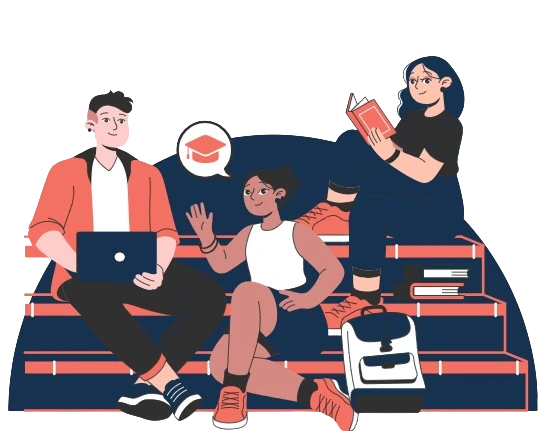IIT Delhi’s Department of Design will organise an online Virtual Open House on October 26, 2025, for students interested in joining the newly launched BTech in Design programme in 2026. The initiative aims to provide insights into the programme structure, curriculum, and opportunities for prospective students.
Admission Criteria for BTech in Design
Admission to the BTech in Design programme will be based on:
- JEE (Advanced) rankings
- Qualifying in UCEED (Undergraduate Common Entrance Examination for Design)
The first batch of the programme will have 20 seats. Candidates meeting these criteria will be eligible to participate in the selection process.
Programme Structure and Curriculum
The BTech in Design programme is structured to combine engineering and design expertise across four years:
- First Year: Engineering and Sciences courses shared with other BTech students
- Second Year: Core courses in the Department of Design
- Third and Fourth Years: Electives from the Department and Institute; Design Projects spanning these years
The curriculum will be reviewed every 10 years to remain flexible and aligned with emerging design and technological trends.
Focus on Socio-Technical Problem Solving
The programme is designed for empathetic and creative students who aim to understand complex socio-technical systems. Key learning outcomes include:
- Systematic design thinking and research methods for analysing socio-technical systems
- Communication and presentation skills
- Teamwork and collaborative problem-solving
- Exposure to prevalent technologies in design and engineering
Transdisciplinary Approach and Product Design
The BTech in Design curriculum merges technology and design by offering:
- Approximately half of the courses in the core design discipline
- Remaining courses from other departments, centres, or schools
- Opportunities for collaboration and interdisciplinary projects
Particular emphasis is placed on product design, equipping students to leverage design as a tool for addressing real-world industrial and societal challenges. By the end of the programme, students will gain the confidence to implement design solutions that integrate technical proficiency and creative innovation


